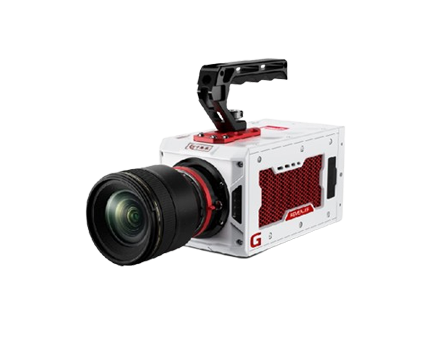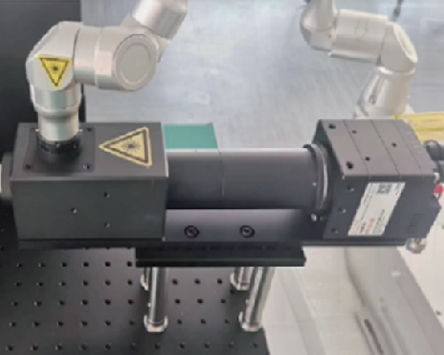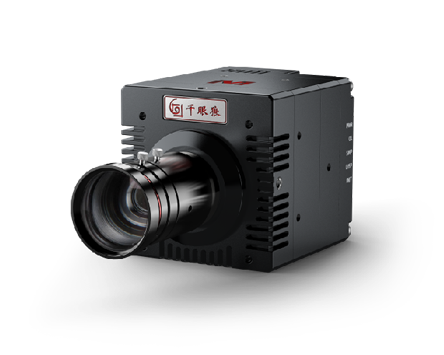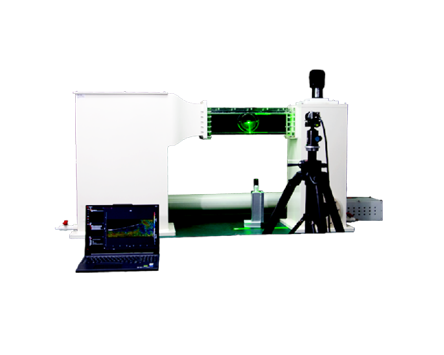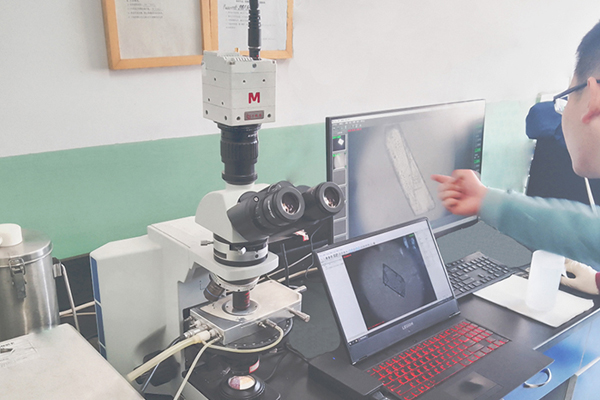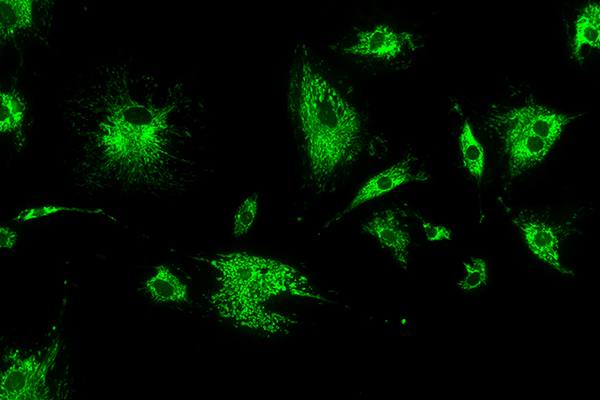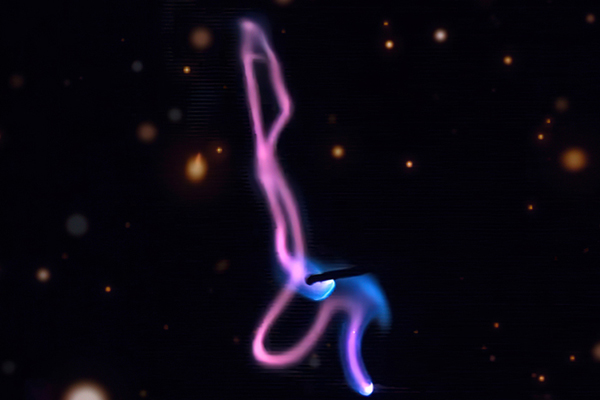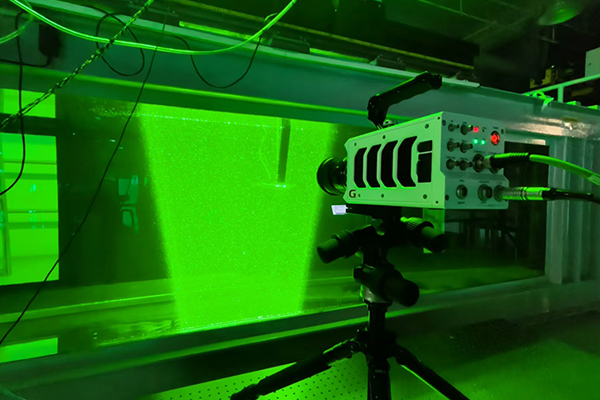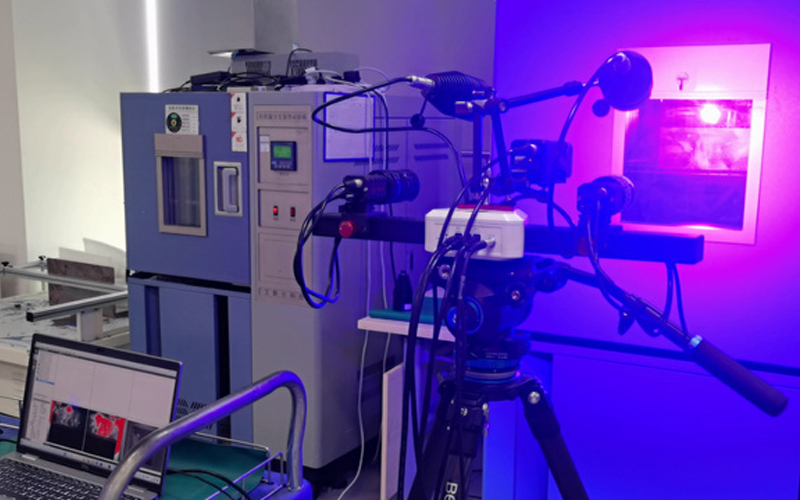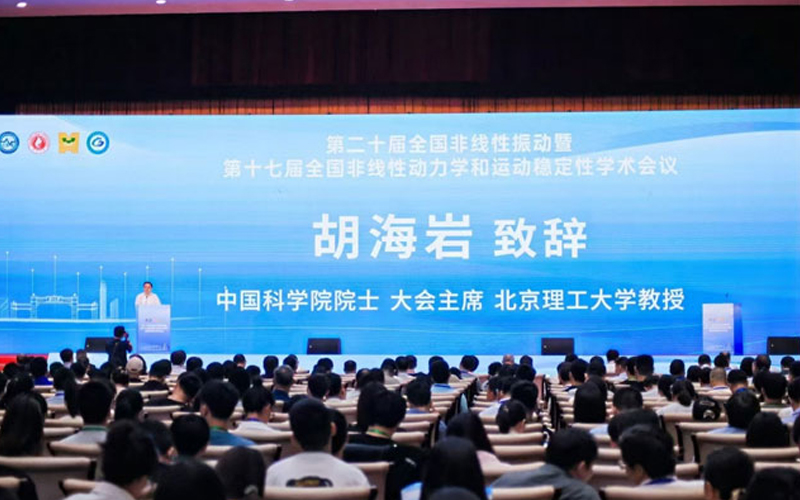
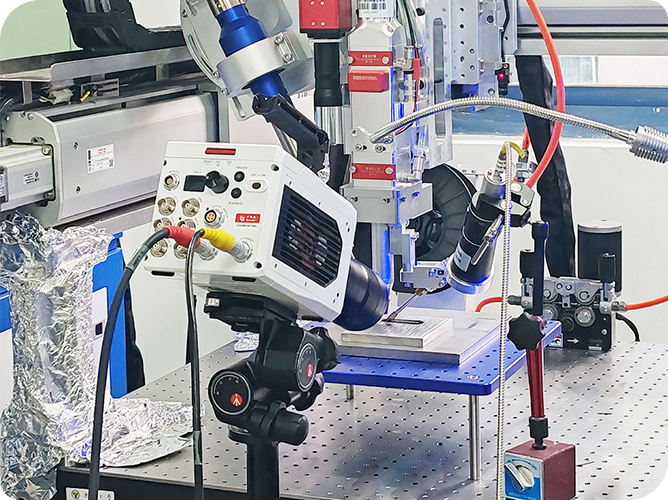
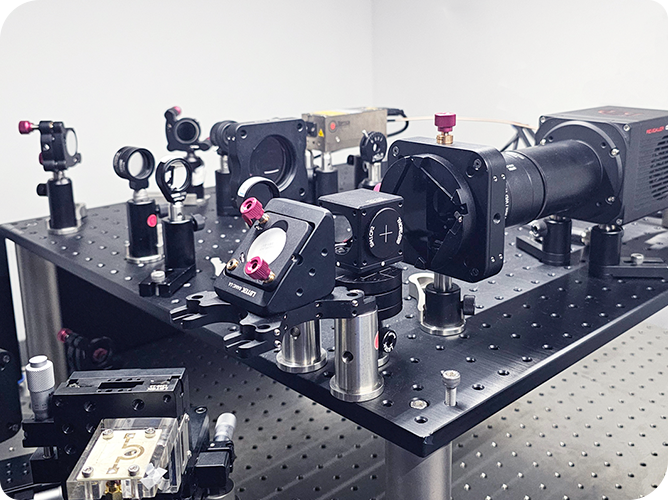
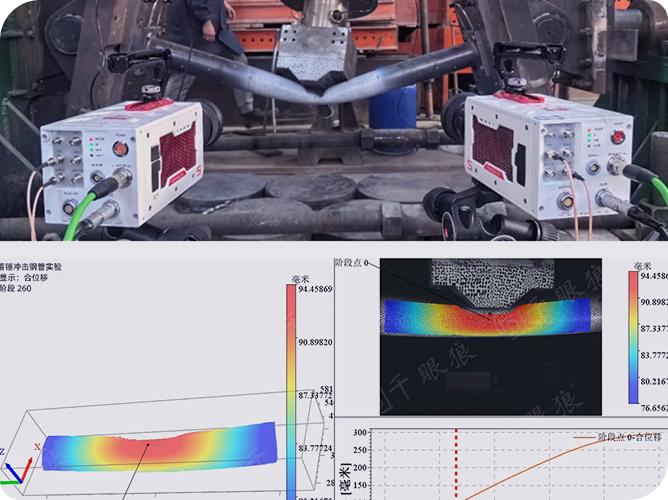
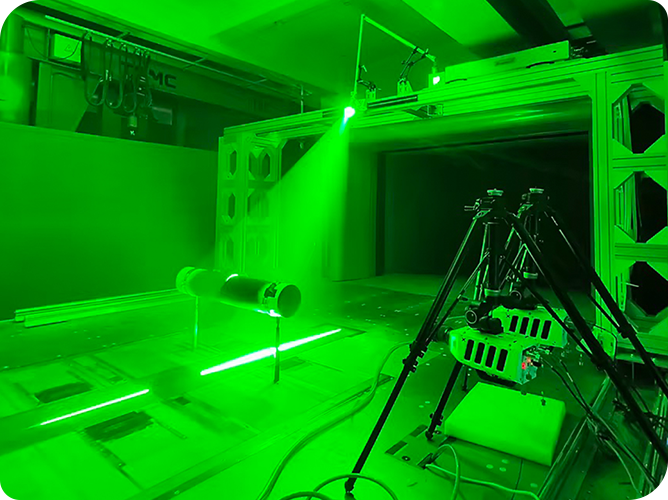
1. Background introduction
Cellular heterogeneity is widely present, which restricts the broader application of stem cell therapy in regenerative medicine and clinical healthcare. Single-cell isolation and collection technology is a crucial step in addressing the issue of heterogeneity. Exploring non-invasive, efficient, and high-throughput single-cell isolation and collection techniques is increasingly gaining attention among scientists.
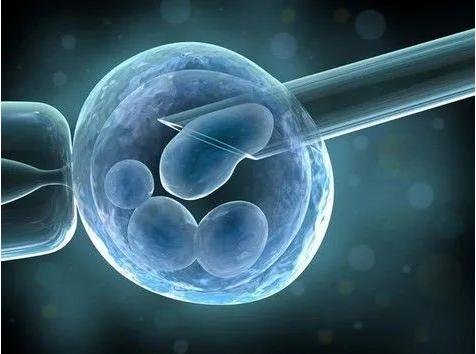
Figure 1 Schematic of Single-Cell Isolation
Traditional flow cytometry sorting techniques require pre-treatment with fluorescent labeling, which is time-consuming and inefficient, affecting cell function. Common microfluidic sorting technologies, such as droplet microfluidics, encapsulate individual cells within droplets. However, due to the Poisson distribution, the efficiency of single-cell capture is low, and the position of the encapsulated microdroplets is not fixed, preventing real-time observation.
A research team from the University of Science and Technology of China has designed a single-cell separation system based on the principle of combining real-time cell recognition with microfluidic impact printing. This system achieves label-free, high-efficiency, real-time identification, and high-throughput separation of single cells.
2. Research contents
This single-cell separation system consists of three main components: a signal control module, an image processing module, and a printing module. For details, see Figure 2.
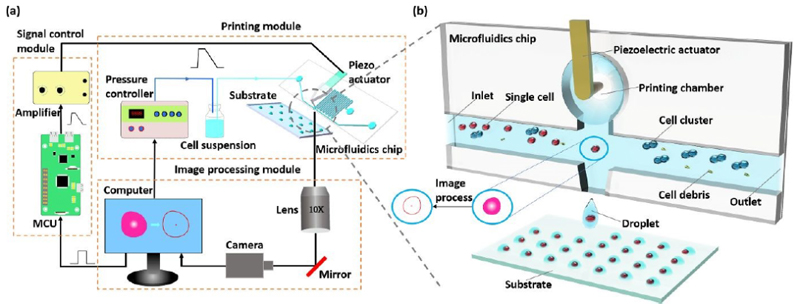
Figure 2 Principle of the Single-Cell Separation System Developed by the University of Science and Technology of China
Under the action of a pressure pump, the cell suspension is transported from the microchannel inlet to the outlet. A high-speed camera, equipped with an inverted microscope, focuses on the observation plane at the center of the microchannel and captures grayscale images of cells at a speed of 2620 frames per second. The captured images undergo real-time background extraction, Gaussian denoising, and threshold segmentation processing. The system then identifies and optimizes the two-dimensional positions of the cells, sending a trigger signal to the signal control module. This signal activates a piezoelectric actuator to impact the flexible membrane above the printing chamber, causing droplets containing the identified cells to be ejected from the nozzle onto a substrate.
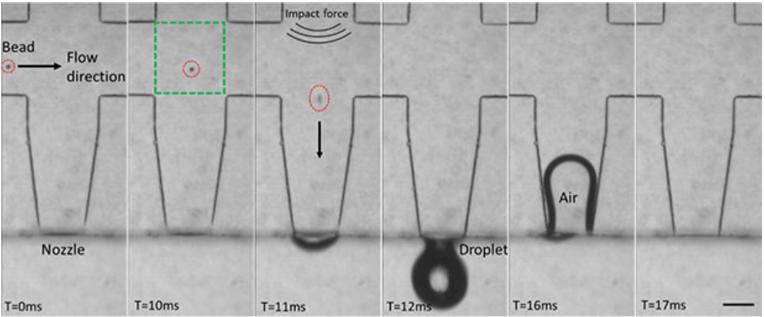
Figure 3: High-Speed Camera Capturing the Microfluidic Impact Printing Process
During the microfluidic impact printing process, due cells may experience lateral and cells may experience lateral and forward movement during droplet ejection, affecting reliability. To explore the factors determining cell jetting and printing efficiency, high-speed cameras are used to capture transient images of cell motion at a 5x objective lens, as shown in Figures 4 and 5.
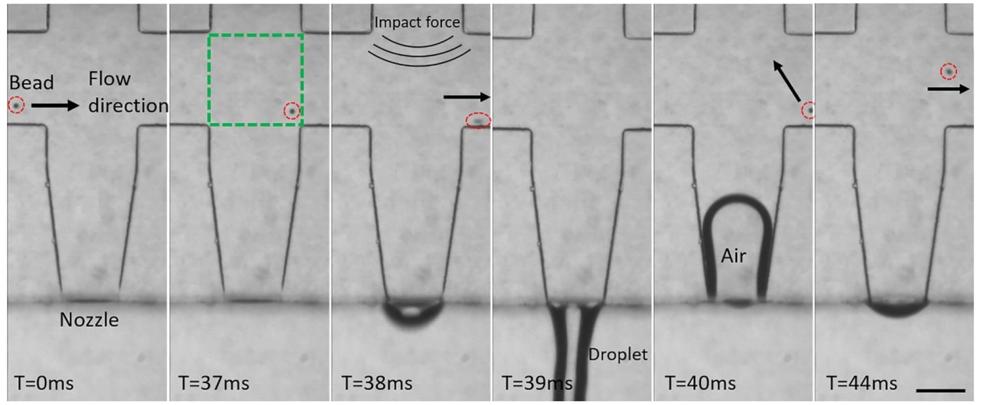
Figure 4: High-Speed Camera Capturing the Microfluidic Impact Printing Process

Figure 5: High-Speed Camera Capturing the Microfluidic Impact Printing Process
3. Conclusion
Through a series of experiments involving the ejection of 10μm polystyrene microbeads, it was demonstrated that the single-cell separation system, which integrates real-time cell recognition with microfluidic impact printing, can efficiently and label-freely separate single cells at high throughput. The throughput for single-cell droplet printing can reach 15Hz, and the system supports one-step isolation of heterogeneous single cells from cell populations with a printing efficiency exceeding 95%. In the study of cell fluid dynamics reaction mechanisms, observation by high-speed cameras revealed that the position of cells at the channel intersection, the driving voltage of the piezoelectric actuator, and the volume of the droplets are key variables affecting printing efficiency.
4. Prospect
This technology holds broad application prospects in emerging fields such as bio-organ printing, tumor typing, drug screening, chemical crystallization, and genetic analysis. The observation instrument, high-speed cameras, plays a crucial role in capturing transient images of cell movement during the single-cell separation stage and studying the fluid dynamics reaction mechanisms during the microfluidic impact process. (Article excerpt from: Yiming Wang, Xiaojie Wang, Tingrui Pana, Baoqing Li, Jiaru Chua, "Label-Free Single-Cell Isolation Enabled by Microfluidic Impact Printing and Real-Time Cellular Recognition")
